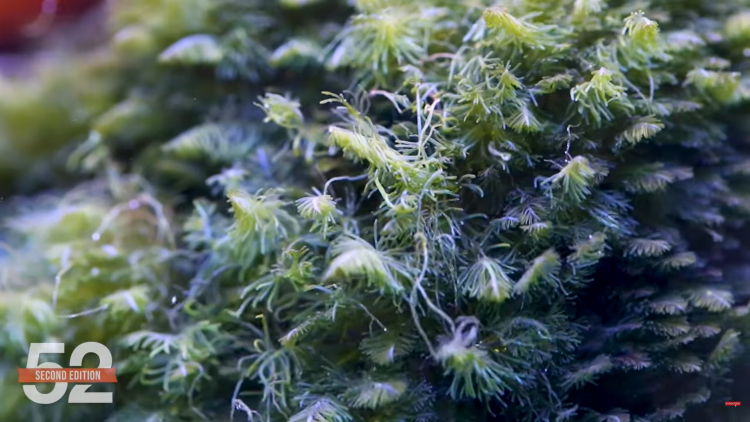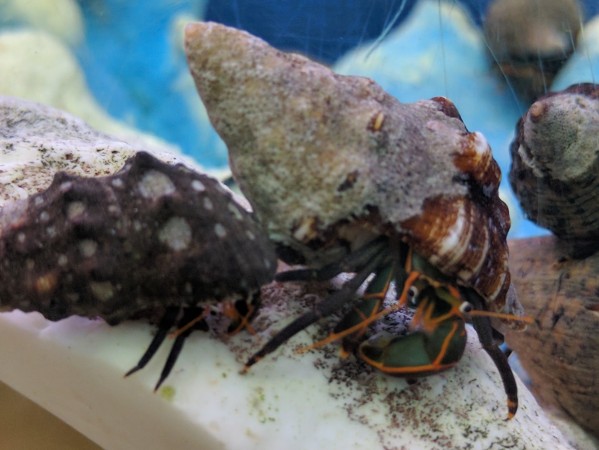Toxic Warfare: Algae, Dinos, Diatoms, Cyano, Corals, and Allelopathy
- Feb 04, 2024
- Anshika Mishra
- 120 0 0

The first pollutant today is something that reefers call biological warfare. It's where corals release toxins to keep danger away. Biologists call it allelopathy or the use of chemical compounds to suppress competitors' growth. It's not limited to corals fighting each other. Algae can produce toxins that harm coral; Cyanobacteria and-celled micro-organisms can also play a part.
Allelopathy is in the article because the nature of these toxins is rapidly diluted into oblivion in the ocean. In the aquarium, however, they build up and often cause misidentified issues.
Luckily, there are easy solutions, like using activated carbon to neutralize the tank. An adequately lined skimmer can help remove them, and the ozone in the skimmer can oxidize them and help break them down. I want to give you an idea of why this matters to reefers.
Toxic Sources
A majority of algae can poison the coral with direct contact. That's why we often see in aquariums when the algae grows near the coral. But it also happens when they come in contact with the algae.
It is also clear why corals can be stunned by using products like Reef HD because of the rapid die-off basis. But it also removes the carbon and turns off the skimmer for it to be effective. At least the logical contributing factor is why most reefers use these solutions reasonably safely, but others run into issues and nuances of our actions.
That's why flat worms help. However, try to get as much as possible before and after treatment; they are all over the sand. Don't let them decay and then release the toxins.
Cyanobacteria
The allelopathy compound reduces the total survival rate to less than 25% and total settlement to less than 10% of the larvae supplied in both temperature treatments.
However, the most common way coral warfare is discussed is within the corals. Within that, the most common are the toxins that soft corals produce and countless studies. These soft corals inhibit the settlement of new corals and can even cause immortality in adults.
Word to the Wise
By now, it seems like everything in the tank will attack each other, and we are all doomers, which is not the case. However, we can embrace that all kinds of organisms in the tank produce toxins and release them into the tank. It's a fact.
This is more about understanding why good practices produce good results. So, we have the wisdom to continue performing these actions or practices and understand the risks and what to look for if we don't. Regarding carbon, we want most of the tank's water to come in contact with the carbon a handful of times a day.
The best way to check the ozone level in your tank is the white bucket test. Fill a white bucket with tank water. If the water is crystal clear, then the lack of organic yellowing molecules strongly indicates that the organic toxins are getting broken down adequately.
The white bucket test works as well on carbon. Use it to check how often you should change the carbon.
We consider a skimmer more supportive of organic toxin removal. But a killer capable of pulling a constant stream of gunk will do it better than most.






About author